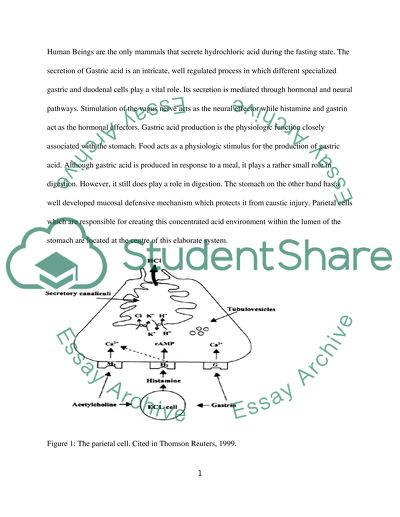Cite this document
(“The mechanism by which gastric acid is secreted and how this secretion Essay”, n.d.)
The mechanism by which gastric acid is secreted and how this secretion Essay. Retrieved from https://studentshare.org/health-sciences-medicine/1458556-the-mechanism-by-which-gastric-acid-is-secreted-and-how-this-secretion-is-neutralised-in-the-small-intestine
The mechanism by which gastric acid is secreted and how this secretion Essay. Retrieved from https://studentshare.org/health-sciences-medicine/1458556-the-mechanism-by-which-gastric-acid-is-secreted-and-how-this-secretion-is-neutralised-in-the-small-intestine
(The Mechanism by Which Gastric Acid Is Secreted and How This Secretion Essay)
The Mechanism by Which Gastric Acid Is Secreted and How This Secretion Essay. https://studentshare.org/health-sciences-medicine/1458556-the-mechanism-by-which-gastric-acid-is-secreted-and-how-this-secretion-is-neutralised-in-the-small-intestine.
The Mechanism by Which Gastric Acid Is Secreted and How This Secretion Essay. https://studentshare.org/health-sciences-medicine/1458556-the-mechanism-by-which-gastric-acid-is-secreted-and-how-this-secretion-is-neutralised-in-the-small-intestine.
“The Mechanism by Which Gastric Acid Is Secreted and How This Secretion Essay”, n.d. https://studentshare.org/health-sciences-medicine/1458556-the-mechanism-by-which-gastric-acid-is-secreted-and-how-this-secretion-is-neutralised-in-the-small-intestine.


